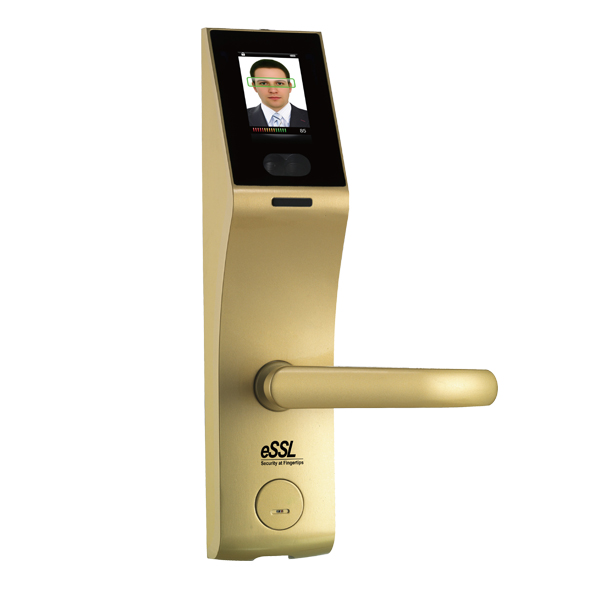A face recognition door lock is a high-tech security device that uses facial recognition technology to grant or deny access to a building or room. This type of lock scans a person’s face to identify them and compare it with stored facial data to determine whether to unlock the door or not.
Face recognition door locks offer several advantages over traditional locks, such as increased security, convenience, and speed of access. They can also be integrated with other security systems, such as CCTV cameras, to provide a comprehensive security solution. However, they may also raise privacy concerns, as they collect and store personal biometric data.
FL1000
FL1000 is the world’s first smart lock with embedded face recognition technology. It uses European standard mortise with 5 latches, the deadbolt will be locked automatically once the door is closed. It also has four unlocking ways – face,password,card,mechanical key.
| Feature |
|---|
| With the new generation face recognition algorithm |
| 3 inch capacitive touch screen |
| Icon Menu for easy and fast operation |
| Four independent unlocking – face,password,card,mechanical Key |
| Support query door open logs and illegal operation logs |
| Remote open door (optional) |
FL1000 Catalogue
Nonetheless, the use of face recognition technology in door locks is becoming increasingly popular in both residential and commercial settings, as it offers a sophisticated and efficient way to manage access control.
A face recognition door lock is a sophisticated security system that utilizes advanced technology to authenticate and grant access to authorized individuals. It uses an algorithm to analyze the facial features of an individual, comparing them to a database of pre-registered faces, and unlocking the door when a match is found.
The system typically consists of a camera that captures an image of the person’s face, a software program that processes the image, and a locking mechanism that unlocks the door.
A face recognition door lock provides a more secure and convenient method of controlling access to restricted areas, as it eliminates the need for keys or access cards that can be lost, stolen, or duplicated. It also allows for easy tracking of who enters and leaves a particular area, providing valuable information for security purposes.

